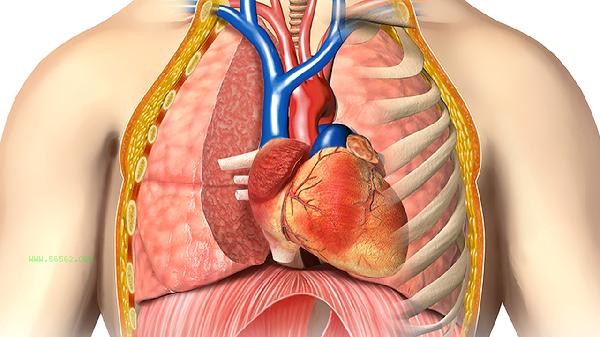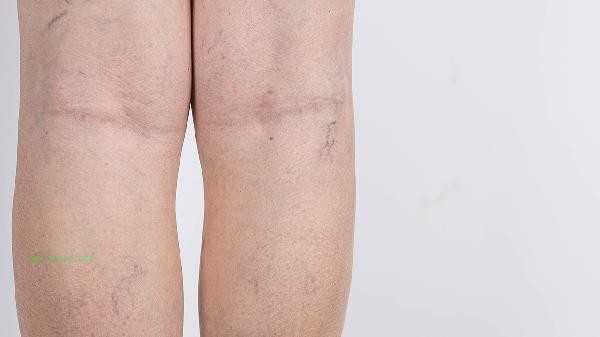70% of anterior descending artery stenosis belongs to moderate to severe stenosis and usually requires medical intervention. The degree of coronary artery stenosis directly affects myocardial blood supply, and 70% stenosis may cause stable angina, with a risk of progressing to acute coronary syndrome. The main risks include worsening myocardial ischemia, acute thrombosis induced by plaque rupture, and inadequate collateral circulation compensation.

1. Risk of myocardial ischemia:
The anterior descending branch is responsible for supplying most of the blood to the left ventricular anterior wall and interventricular septum, and blood flow reserve significantly decreases when 70% stenosis occurs. Patients are prone to compressive pain behind the sternum during physical activity or emotional excitement, typically manifested as dull pain radiating to the left shoulder arm, which can be relieved after 2-5 minutes. The electrocardiogram may show ST segment depression or T wave inversion, and the positive rate of exercise stress test can reach over 85%.
2. Plaque stability:
The fibrous cap of atherosclerotic plaque in stenosis is thin, and inflammatory cell infiltration increases the risk of rupture. Intravascular ultrasound shows that the proportion of lipid cores in such narrow plaques often exceeds 40%, and small calcifications may become stress concentration points. Once the plaque ruptures, platelet aggregation can form occlusive thrombus within minutes, leading to acute myocardial infarction.
3. Evaluation of collateral circulation:

Patients with well-developed right coronary artery or circumflex branch may establish collateral compensation, but when the anterior descending branch is the dominant vessel, collateral blood supply is limited. Coronary CTA can show insufficient collateral vessels below Rentrop grade 2, and segmental filling defects are common in myocardial contrast echocardiography. The ability of collateral angiogenesis is worse in diabetes patients.
4. Indications for revascularization:
According to the Chinese guidelines for percutaneous coronary intervention, if the proximal stenosis of the anterior descending artery is greater than 50% with evidence of ischemia, it meets the indications for PCI. If 70% stenosis is accompanied by EF value<40%, non-invasive examination shows extensive ischemia, or drug treatment is ineffective, it is recommended to prioritize stent implantation. Coronary artery bypass grafting should be considered for equivalent lesions in the left main trunk.
5. Drug enhanced therapy:
Dual antiplatelet aspirin+clopidogrel can reduce the risk of thrombotic events by 40%. High intensity statins such as atorvastatin 40mg require LDL-C to be controlled below 1.4mmol/L. Beta blocker metoprolol sustained-release tablets can reduce myocardial oxygen consumption, while nitrate drugs alleviate angina symptoms.

It is recommended to monitor blood pressure and heart rate daily and avoid vigorous morning activities. The diet adopts a Mediterranean pattern, consuming deep-sea fish 2-3 times a week and limiting refined carbohydrates. Aerobic exercise is based on a Borg score of 11-13, with a slightly tiring but conversational intensity standard, accumulating 150 minutes per week. Carry nitroglycerin tablets with you. If chest pain persists for 15 minutes without relief, call for emergency treatment immediately. Recheck blood lipids, blood glucose, and cardiac ultrasound every 3-6 months, and conduct annual exercise stress tests to evaluate ischemic changes.








Comments (0)
Leave a Comment
No comments yet
Be the first to share your thoughts!